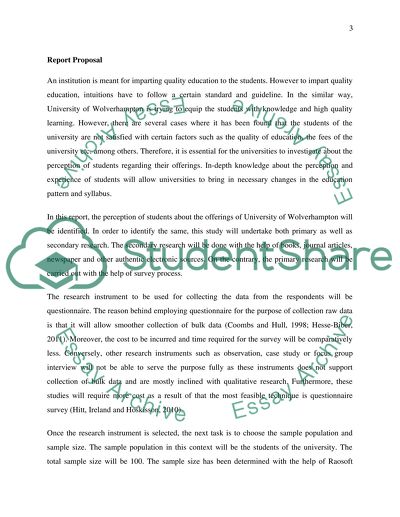Cite this document
(“Marketing Research Coursework Example | Topics and Well Written Essays - 3000 words”, n.d.)
Marketing Research Coursework Example | Topics and Well Written Essays - 3000 words. Retrieved from https://studentshare.org/marketing/1482328-marketing-research
Marketing Research Coursework Example | Topics and Well Written Essays - 3000 words. Retrieved from https://studentshare.org/marketing/1482328-marketing-research
(Marketing Research Coursework Example | Topics and Well Written Essays - 3000 Words)
Marketing Research Coursework Example | Topics and Well Written Essays - 3000 Words. https://studentshare.org/marketing/1482328-marketing-research.
Marketing Research Coursework Example | Topics and Well Written Essays - 3000 Words. https://studentshare.org/marketing/1482328-marketing-research.
“Marketing Research Coursework Example | Topics and Well Written Essays - 3000 Words”, n.d. https://studentshare.org/marketing/1482328-marketing-research.


